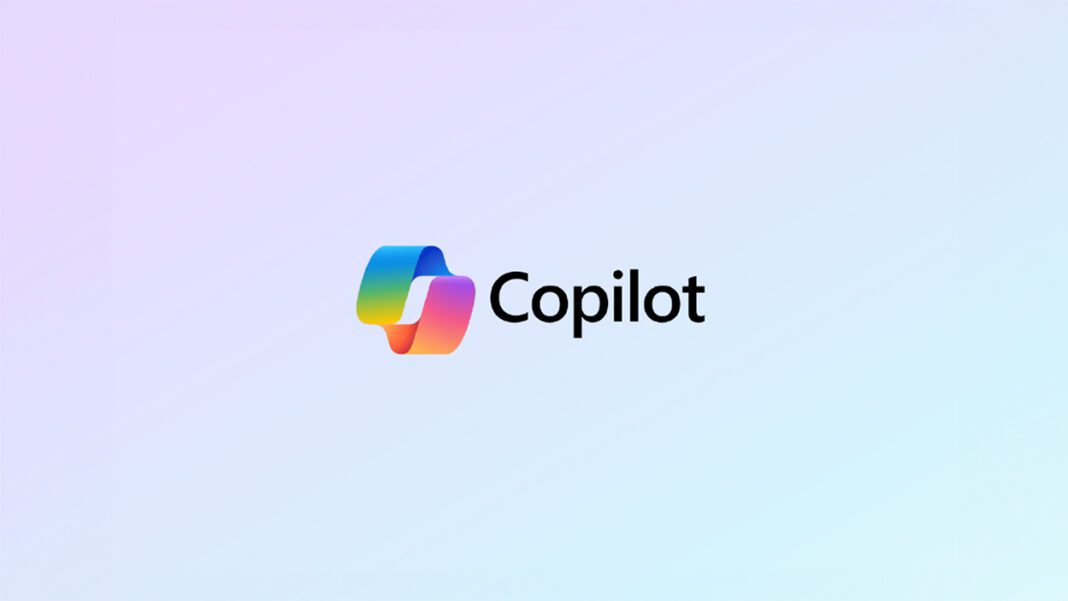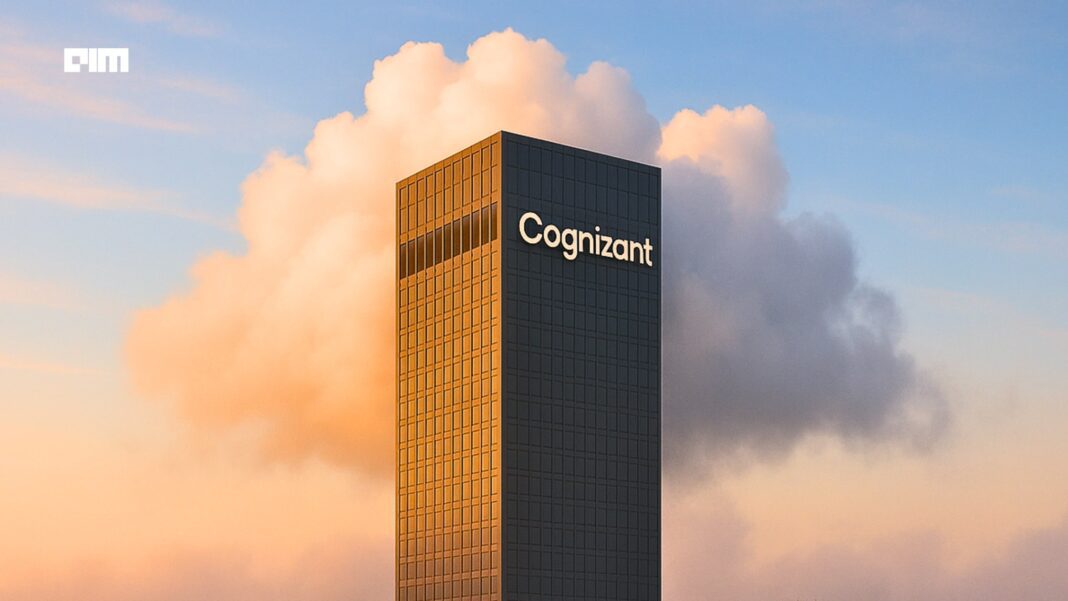On September 30, 2025, OpenAI officially released Sora 2, its next generation AI video and audio model, along with the Sora app and web interface to let users generate and view AI videos.
Sora 2 builds on the original Sora model (launched in 2024) but advances capabilities in realism, physics adherence, synchronization of sound & dialogue, and finer user control.
Initially, Sora 2 was available via the Sora app and via sora.com / web interface (for supported users).
Thus when you ask “OpenAI launches Sora 2 on web,” yes — the web interface is part of the launch, enabling users to use Sora via browser in addition to app.
Key Features & Improvements in Sora 2
Sora 2 introduces several significant upgrades over its predecessor:
- Synchronized Dialogue & Sound Effects: Audio is integrated with generated video — characters can speak, and effects sync with visuals.
- More Realistic Physics & Motion: The model handles motion, collisions, gravity more convincingly than before.
- Improved Control & Steerability: Users have more control over style, composition, and behavior of the generated scene.
- Longer Video Limit: Via update, all users can now generate videos up to 15 seconds (web/app) and Pro users can go up to 25 seconds.
- Storyboard Mode (for Pro users): A feature to stitch multiple scenes / shots into a mini-sequence.
- Cameo / Self-Insertion: Users can insert themselves or others (with consent) into generated scenes.
- API support coming: OpenAI indicates API access for Sora 2 will be rolled out later.
Use Cases & Positioning
- Creative Expression & Social Video: OpenAI is positioning Sora 2 not just as a tool, but as a social video platform. Users can share, view, “remix,” and engage with AI-generated content in a feed (akin to TikTok).
- Rapid Ideation & Prototyping: Because users can go from prompt to video quickly, it becomes a tool for storytellers, marketers, content creators to prototype visual ideas.
Some media even call it “TikTok of AI video.”
Safety, Legal & Ethical Concerns
The launch has also triggered controversies and concerns:
- Deepfake & Misuse Risks: Because Sora 2 can generate realistic videos of public figures (especially deceased ones), critics warn of misuse, defamation, identity issues.
- Copyright / IP control: OpenAI’s default approach has been that copyrighted content can be used unless the rights holders “opt out.” Critics argue this gives too much leeway. OpenAI is promising more “granular control” to rights holders after backlash.
- Guardrail Failures / Offensive Content: Some users generated violent or racist or disrespectful videos. Reports say the guardrails are not perfect.
- Family & Legacy Objections: Families or estates of deceased individuals (e.g. Martin Luther King Jr.) have asked OpenAI to pause or block use of their likenesses. Indeed, OpenAI has paused MLK representations temporarily.
- Regulatory & Legal Ambiguity: Post-mortem publicity rights differ by jurisdiction, so legal liability is a gray area.
OpenAI states that “safety is built in from the start” and promises more proactive policies.
Reception & Usage
- Rapid Download Growth: The Sora app (for iOS) crossed 1 million downloads within days of launch.
- High Public Interest, Mixed Feedback: Some users praise the creativity and realism; others criticize over-filtering or strong restrictions on prompts.
- Hollywood & Creator Pushback: Studios, artists, rights agents are pushing back on the app’s ability to generate content involving copyrighted characters or likenesses without authorization.
Implications & What to Watch
- Democratization of Video Production: Sora 2 lowers the barrier to creating cinematic video + audio, potentially enabling creators to produce visuals previously needing film budgets.
- Disruption to Shorts / Social Video Platforms: If people treat Sora as much content consumption as creation, it could rival apps like TikTok, Reels, YouTube Shorts.
- Shifts in Licensing & Rights Management: The approach to copyrighted content and likeness usage may push legal frameworks and content licensing practices to evolve.
- AI Ethics / Regulation Focus: Governments, media companies, tech platforms will push for regulation or guardrails around identity, misinformation, deepfake controls.
- Monetization & Business Models: How OpenAI monetizes Sora (subscription, ads, premium features) could shape the next generation of AI media business models.


